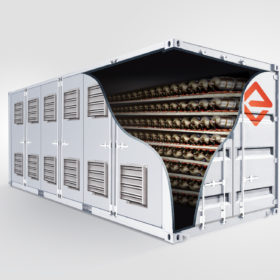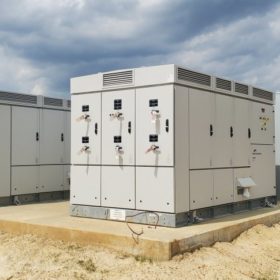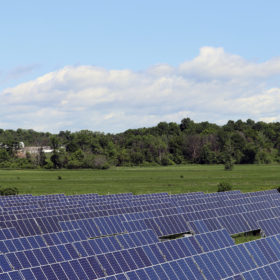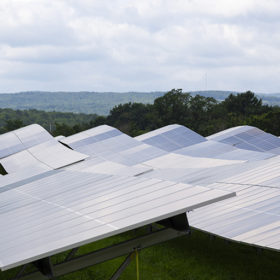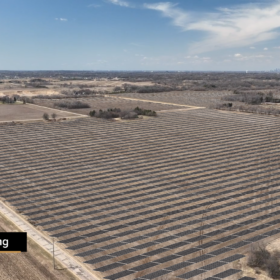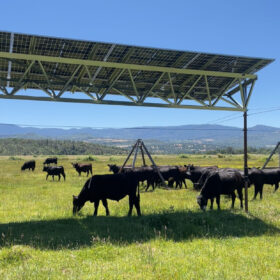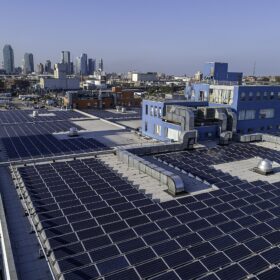Solar and affordable housing developments: What you need to know
Both housing developers and underserved communities alike can benefit from increasing public funding opportunities for solar. As interest in projects that address environmental, social and governance (ESG) aspects of investment continues to grow, integrating renewable energy in affordable housing projects can provide significant sustainability benefits to developers, municipalities, and end users.
Scout Clean Energy buys nearly 400 MW of First Solar modules
The 378 MW of modules will be used to begin construction on several late stage projects with start of operations expected in 2024 across Scout’s 12 GW renewable project development pipeline.
Pine Gate purchases 2.4 GWh of EnerVenue batteries
EnerVenue’s batteries will be supplied to Pine Gate to provide a choice in storage technology for Pine Gate’s development partners, and marks EnerVenue’s second major battery supply deal since launching in 2020.
Urban Electric Power, Pine Gate Renewables agree on multi-GWh battery supply deal
Urban will Supply Pine Gate with 4.6 GWh of its rechargeable zinc alkaline batteries over the next five years to provide a choice in storage technology for Pine Gate’s development partners and customers.
Vermont utility launches solar pilot program for low- and moderate-income customers
The program will allow customers to subscribe to an energy share of an existing GMP installation, with time-of-use rates encouraging energy use when the sun is shining.
Climate, the Texas grid, and solar + batteries to the rescue
Extreme weather, power outages, and centralized grid failures are increasingly becoming the norm. How will PV and battery energy storage mitigate and adapt to climate problems?
UGE develops community solar project on Maine landfill
The project is part of a larger 38 MW portfolio the company is developing across the state.
Electric vehicles are cheaper than gas-powered, depending on the state and incentives
Owning an electric vehicle can save drivers thousands of dollars per year, with $6,000 average savings over the vehicle’s lifetime, but the savings is dependent on rebates, state fees, and the cost of gas and electricity.
50 states of solar incentives: Vermont
The pv magazine tour of solar incentives takes us to Vermont, home to aggressive renewable energy mandates and a one of the nation’s most forward-thinking utilities.
Flint Hills Resources to build 45 MW solar project to directly power its refinery
Solar project will lower energy costs and improve energy efficiency for the Upper Midwest’s largest fuel producer.


